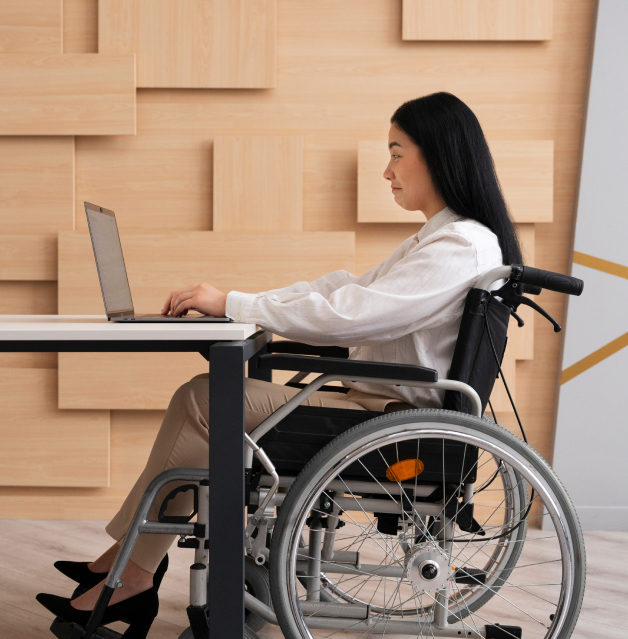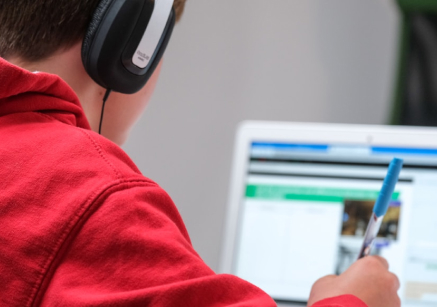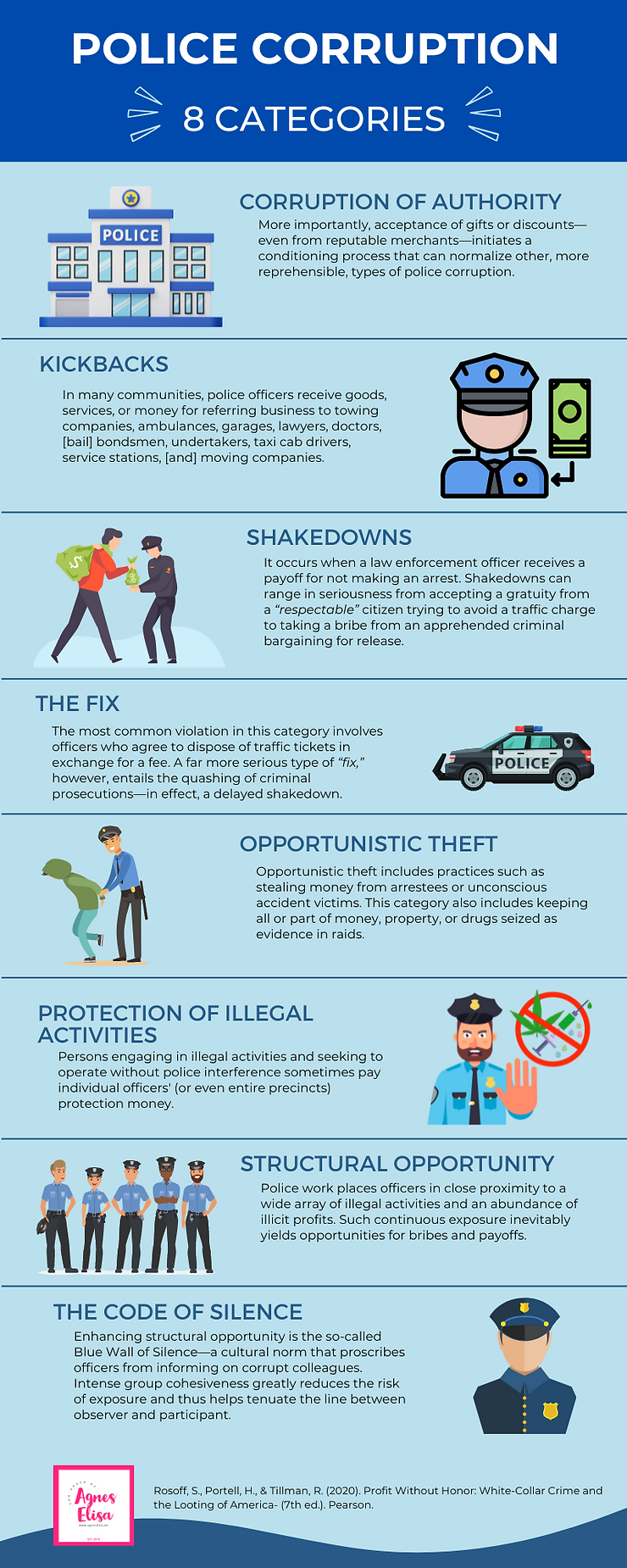eLearning

Curiosity Unleashed: The Journey of Agnes Elisa
Investigating the crucial intersection of academia, research, and eLearning in education is essential.
An eLearning Instructional Designer is an expert in creating educational experiences and materials that significantly enhance learning effectiveness and engagement.
They adeptly design, develop, and structure content for diverse learning formats, including eLearning, virtual instructor-led training, and traditional classroom settings.
Analyzing the needs of the learners or the organization.
Developing precise learning objectives and outcomes.
Designing instructional materials and activities that perfectly align with those objectives.
Leading the creation or overseeing the production of educational content such as courses, tutorials, or training programs.
Rigorously evaluating the effectiveness of the learning experience through feedback and assessments.
Why do you need to hire an eLearning Designer?
Investigating the crucial intersection of academia, research, and eLearning in education is essential.
Expertise in Adult Learning
Instructional Designers bring deep knowledge of learning theories and instructional strategies, ensuring that training materials are informative, engaging, and effective for adult learners.
Tailored Learning Solutions
Specializes in designing tailored learning experiences aligned with organizational goals, audience needs, and business objectives for impactful training.
Effective Use of Technology
Instructional designers use eLearning tools, LMS, and multimedia to enhance training delivery and optimize learning on modern platforms.
Cost-Efficiency and Scalability
Instructional Designers create scalable eLearning programs that reduce training time and costs, while incorporating metrics for continuous improvement and measurable results.
Expertise in Adult Learning
Instructional Designers bring deep knowledge of learning theories and instructional strategies, ensuring that training materials are informative, engaging, and effective for adult learners.
Tailored Learning Solutions
Specializes in designing tailored learning experiences aligned with organizational goals, audience needs, and business objectives for impactful training.
Effective Use of Technology
Instructional designers use eLearning tools, LMS, and multimedia to enhance training delivery and optimize learning on modern platforms.
Cost-Efficiency and Scalability
Instructional Designers create scalable eLearning programs that reduce training time and costs, while incorporating metrics for continuous improvement and measurable results.
Learning and Development
Welcome to the L&D Bilingual Space!
My duties and tasks involve creating compelling, engaging, and interactive learning experiences tailored to various industries’ specific needs.
My work is pivotal to Learning and Development (L&D) departments, as it ensures that employees receive high-quality training that improves performance and fosters growth.
Here’s an overview of key responsibilities and how they support different industries.

Needs Analysis

Curriculum & Course Design

Content Development

Technology Integration

Collaboration with SMEs (Subject Matter Experts)

Evaluation and Feedback

Adaptation for Diverse Learning Styles

Continuous Learning and Updates
Why do you need to hire an eLearning Designer?
How Agnes Elisa Inspires Through Teaching and Research in Criminal Justice and E-Learning

Healthcare
Instructional Designers ensure that medical professionals receive the latest training on procedures, patient care, and compliance, directly impacting patient safety and care quality.

Corporate
In the corporate sector, especially finance, they create training for compliance, cybersecurity, and professional development, helping employees stay competitive.

Retail & Hospitality
Instructional designers enhance employee engagement through eLearning, ensuring customer service and sales teams understand product offerings and can deliver exceptional customer experiences.

Education
In higher education, instructional designers build online courses that support distance learning, making education more accessible and flexible for learners worldwide.

Technology & IT
In fast-paced industries like technology, instructional designers are critical for keeping employees up-to-date with the latest innovations, software, and cybersecurity protocols.
Testimonials
A reliable, detail-oriented, confidential dedicated to each project and the apprentices' goals.
NUC / AGM
Deloitte Consulting
Department of Justice
Department of Justice
Border Patrol
Policia de Puerto Rico
Policia de Puerto Rico
Departamento de Justicia
Connect with
The Space of Agnes Elisa
Connect for collaborations, inquiries, or opportunities in eLearning and Development, Criminology, and Intelligence Analysis.

Frequently Asked Questions
Find answers to common queries about academic research, teaching methodologies, and Agnes Elisa’s work in social justice and criminal justice.
What are the primary responsibilities of a Bilingual eLearning Instructional Designer?
A Bilingual eLearning Instructional Designer is responsible for creating compelling, engaging, and culturally appropriate eLearning content for diverse audiences. Duties include:
- Designing and developing eLearning courses using authoring tools like Articulate Storyline, Rise, or Adobe Captivate.
- Translating and localizing content for multilingual learners to ensure cultural and linguistic appropriateness.
- Collaborating with subject matter experts (SMEs) to gather and refine course content.
- Applying instructional design models like ADDIE or SAM to structure the learning process.
- Integrating multimedia elements like graphics, videos, and interactive activities to enhance learning.
What skills are essential for a Bilingual eLearning Instructional Designer?
Key skills include:
- Instructional Design Expertise: Proficiency in designing engaging, learner-centered content.
- Technical Skills: Familiarity with eLearning tools and Learning Management Systems (LMS).
- Bilingual Proficiency: Fluency in two or more languages to ensure accurate translation and cultural relevance.
- Collaboration: Ability to work with SMEs, developers, and stakeholders.
- Problem-Solving: Adapting designs to address unique learner needs and project constraints.
What is the typical process for creating an eLearning course?
The process often follows the ADDIE model:
- Analysis: Identify the learners’ needs, objectives, and content requirements.
- Design: Develop a blueprint, including learning objectives, activities, and assessments.
- Development: Build the course using eLearning tools, incorporating multimedia and interactivity.
- Implementation: Upload the course to an LMS or platform and ensure it functions properly.
- Evaluation: Collect learner feedback and analytics to improve the course.
How does being bilingual enhance an eLearning Instructional Designer's effectiveness?
Being bilingual enables designers to:
- Create inclusive and culturally sensitive content for a global audience.
- Translate and localize training materials while maintaining instructional integrity.
- Communicate effectively with multilingual teams and stakeholders.
- Adapt designs to address linguistic nuances and cultural differences, ensuring relevance and engagement for all learners.
What challenges do Bilingual eLearning Instructional Designers face, and how can they overcome them?
Challenges include:
- Maintaining Consistency Across Languages: Ensuring the same quality and instructional intent in all translations.
- Solution: Use translation memory tools and collaborate with professional linguists.
- Cultural Differences: Adapting content to suit the cultural context of learners.
- Solution: Research and include culturally relevant examples and scenarios.
- Technology Limitations: Navigating LMS restrictions or tool compatibility issues.
- Solution: Test content on various platforms and devices to ensure accessibility.
Insights from Agnes Elisa
Explore thought-provoking articles on education, e-learning, social justice, and more.

Boost Your Skills with Top LMS Courses Online

Advance Skills with Top LMS Courses

Unveiling the Shadows: Exploring the Depths of Police Corruption

AI with Adobe Express
🤓It’s time to dive into…

